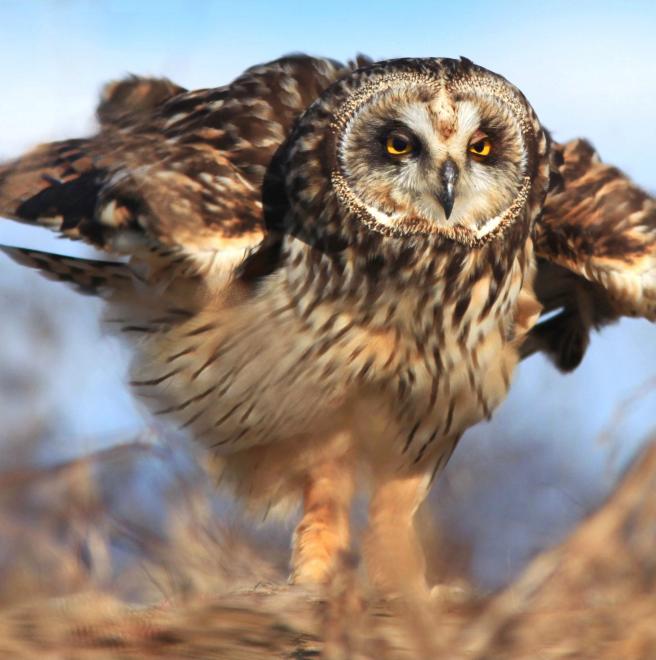

This owl of open country occurs widely in North America, South America, Eurasia, and Africa. The species’ status varies tremendously from region to region: populations are endangered in some places, flourishing in others. Audubon's climate model shows a loss by nearly three-quarters of climatically suitable space in winter. Some regional populations seem likely to dwindle or disappear altogether. For others to flourish, adapting to human-modified landscapes will be essential. It is encouraging that some Short-eared Owls have exploited new habitats like reclaimed strip mines, but discouraging that so many have withdrawn from increasingly disturbed habitats in marshes.
Explore more birds threatened by climate change around the country.





















It's easier than you think to make a difference. Become an Audubon member today to help birds facing climate change.